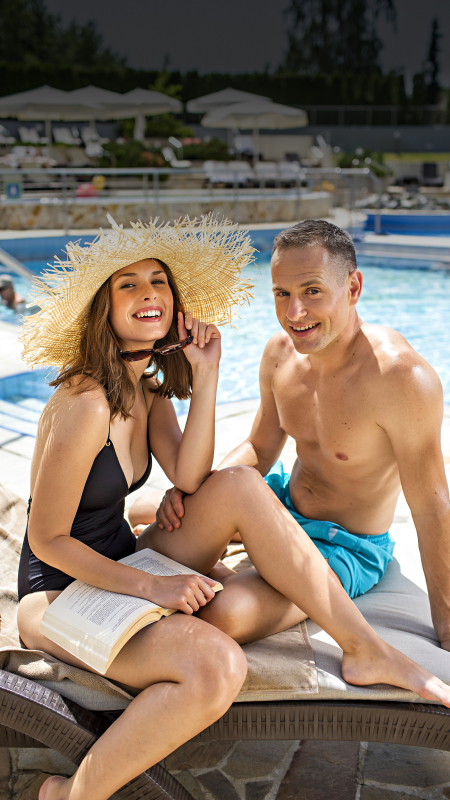Padna is an old Istrian village where the stone houses are huddled close together around the church of St. Blaise. Next to the church is the bell tower, which measures 26 metres in height and was built by the inhabitants in 1885. In the renovated building of Padna’s former school you can find the Božidar Jakac gallery, where a collection of graphics and drawings is exhibited. One of the greatest Slovenian painters of the 20th century lived in Padna in his childhood. Padna also has a special charm thanks to its locals, who gladly prepare homemade delicacies.

Active recreation / Padna – the most beautiful Istrian village
Springtime by the seaside with its beneficial climate, the sun and the soft sea breeze invites you to explore and make new experiences. During spring you can explore the idyllic Istrian villages in Piran’s hinterland. One of the loveliest is undoubtedly Padna, where in April you can also visit the Festival of olive oil and chard and try the genuine local gastronomy of enchanting Istria.

Traditional Istrian festival: Festival of olive oil and chard
The most charming festival of the village takes place in the end of April and this year you can save the dates of 27th and 28th April. You’ll be delighted by the market with local varieties of olive oil, healthy produce and traditional Istrian dishes. During the day you can join the guided tour of Padna or cheer for your favourite chef in the culinary duel of master chefs Sara Rutar and Darko Klemen. In the evening the musical band Prifarski muzikanti will make sure you have a good time.

Where can you find excellent extra virgin olive oil?
Padna is nestled amongst olive groves, where some trees are over 300 years old. Thanks to the specific climate, the olive oil from Slovenian Istria is recognisable for its characteristic aroma and appreciated for the composition of fatty acids. The olive oil from Padna is of the highest quality and belongs among the world’s best, which is also confirmed by the awards it won on national and international olive oil evaluations. The most know and widely present variety is the Istrian white, which gives the oil its characteristic freshness and a slightly spicy note. Don’t forget to try the autochthonous štorta, which is ideal for table olives and is pickled in brine so it loses its bitterness.

Have you heard of chard?
Locals will gladly explain the importance of chard. It’s a vegetable similar to spinach and it is rich with potassium, calcium, magnesium, iron, folic acid and vitamins B and C. Chard was very important in the livelihoods of Istrian inhabitants in the past. In 1885 it helped the inhabitants of Padna build the bell tower next to the church of St. Blaise, who is the patron of the village. The earnings they made by selling the winter and summer chard harvest were used in the construction of the bell tower. This traditional Istrian vegetable is used by locals to prepare numerous tasty dishes such as sausages with chard and rice (known as mulce)or cuttlefish with chard and polenta.

Relaxing views of the hills and the sea
Piran’s hinterland offers infinite views of the hills and the bay of Piran. Padna is also an ideal destination for all hikers, cyclists and anyone who enjoys pristine nature. More serious hikers can venture on Boškarin’s path around Padna, which takes 3 hours. Cyclists can venture on the cycling path towards Koštabona and Pomjan. For an easier uphill journey the Tourist information office in the centre of Padna rents electric bicycles.
All this and many other delicacies await at the Festival of olive oil and chard, organized every year in Arpil and May.











